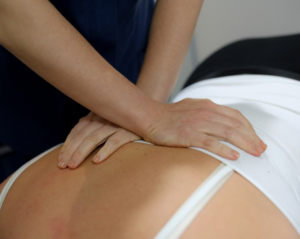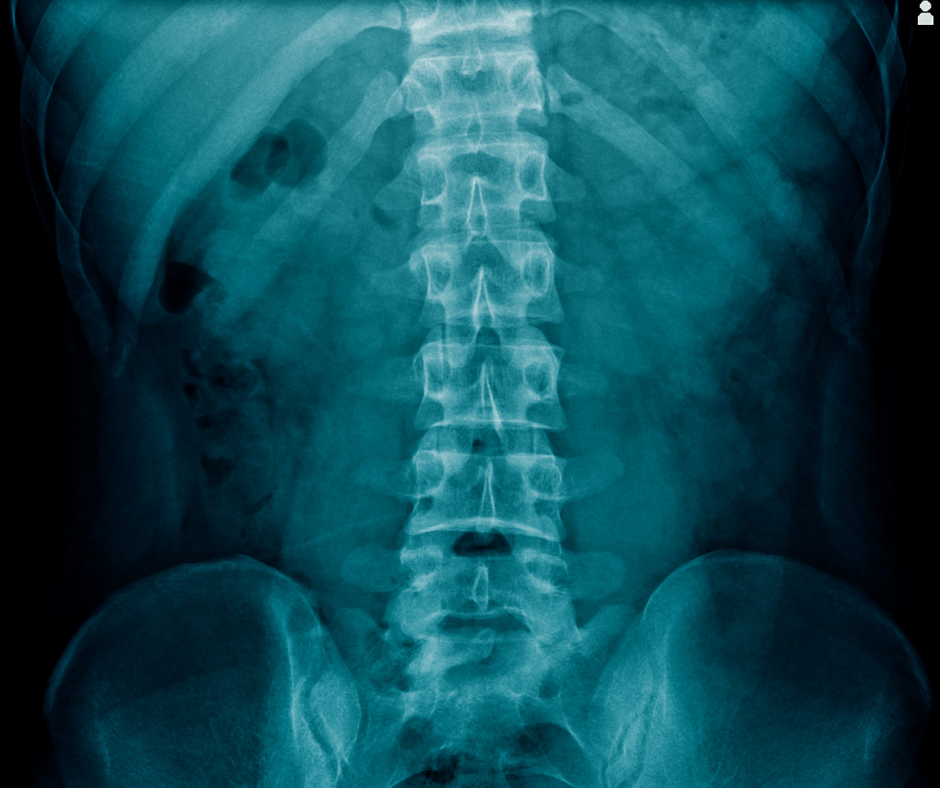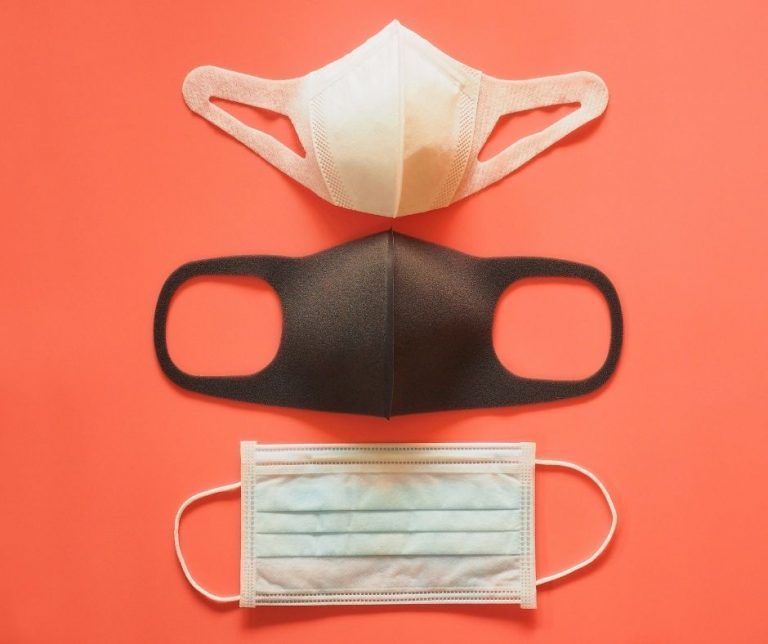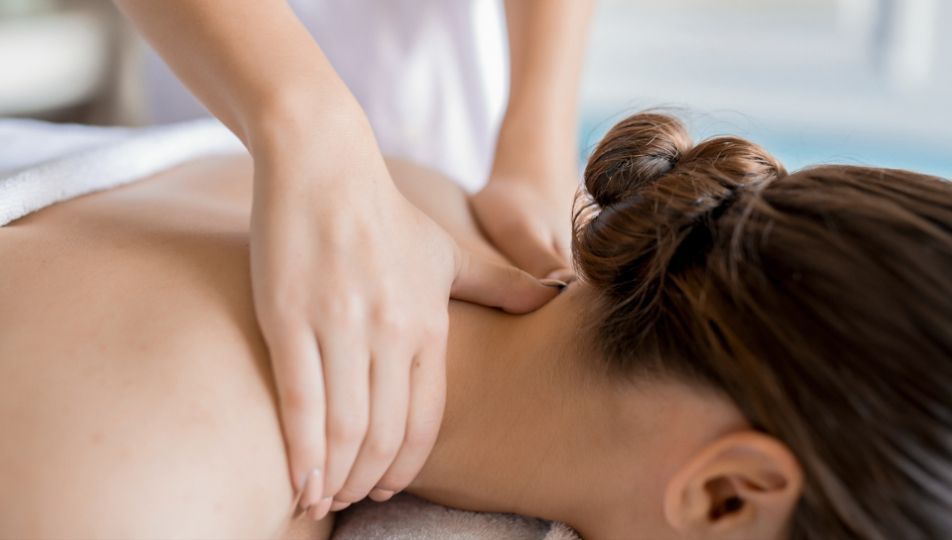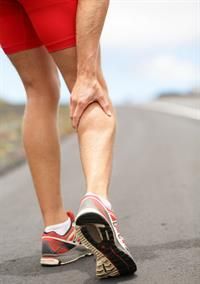Blog
Take A Break And Read All About It!
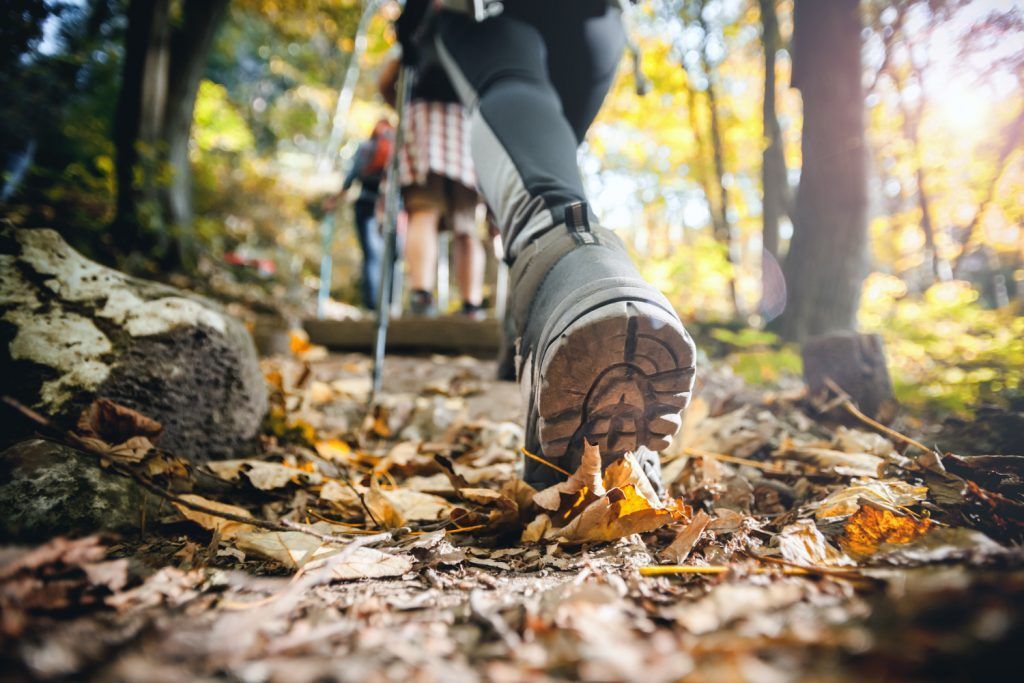
Which One Is Right For You? At ThreeSixty we commonly meet people who need an osteopathic intervention, that is, they’ve already injured themselves, and need some help – ASAP. An intervention is re-active, a reaction to the problem. As Osteopaths, we think of intervention as being the “first aid” – the immediate solution to the problem at hand. How do we get this person to feel better, right now? But, have you ever thought about a prevention plan to stop those ailments coming back? Any why did you suddenly start to get these aches and pains anyway? You were fine yesterday…. Prevention is pro-active – stopping something before it starts. Having a prevention plan is something easy you can do to make sure your body doesn’t start to feel uncomfortable due to the stressors of your life.

Hey there! If you’re like most people, you probably think of osteopathy as something you turn to after an injury or when you’re feeling pain. But what if I told you osteopathic treatment could actually help you prevent injuries before they even happen? Yep, that’s right! Osteopathy isn’t just about fixing problems, it’s about keeping your body in balance and working at its best so you can stay healthy, active, and injury-free.
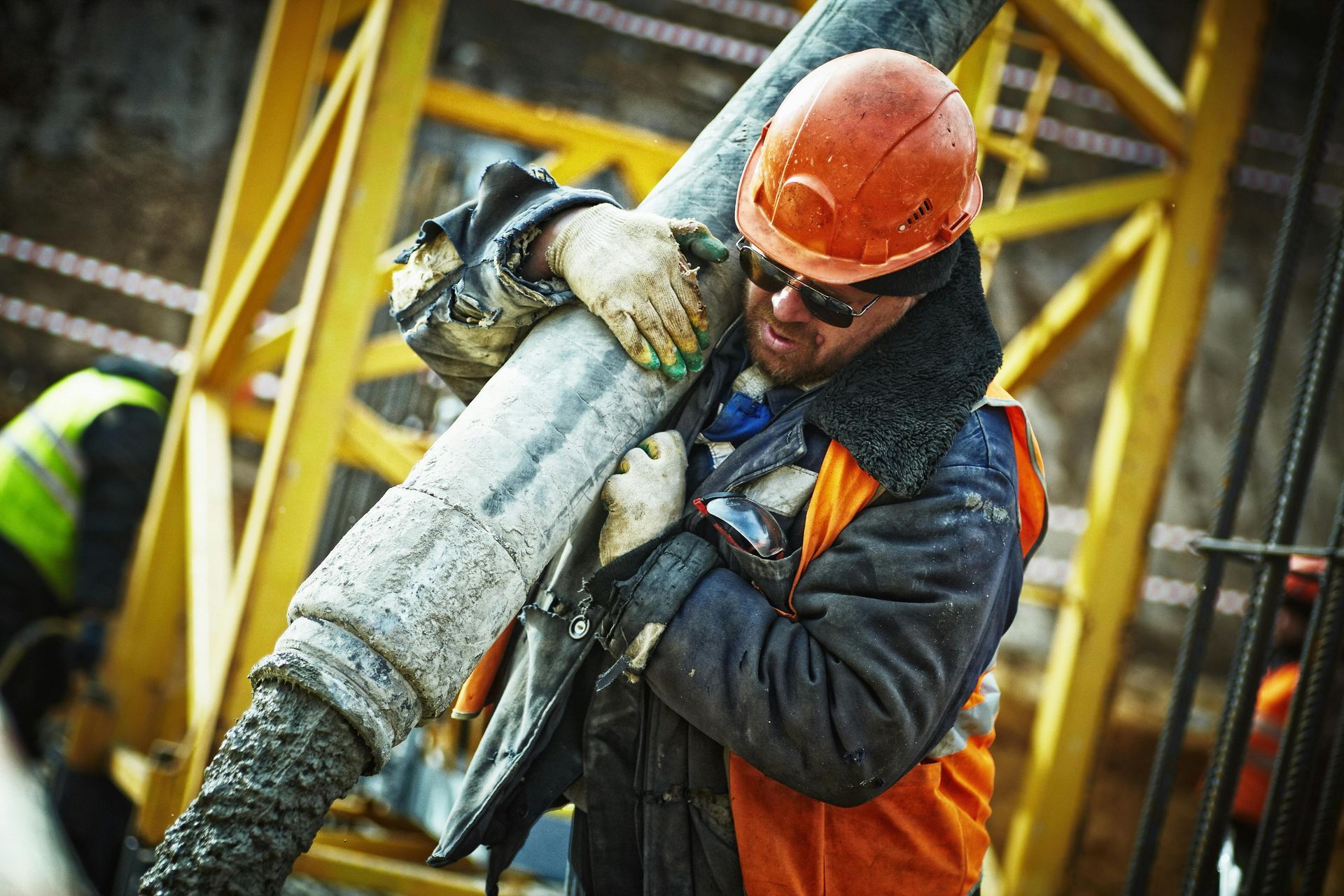
Osteopathy is a total lifesaver for busy tradies who are always on the go, dealing with heavy lifting, bending, and those high-pressure physical demands that come with the job. It’s not just about fixing issues when they pop up, it’s about keeping you in top shape so you can keep doing what you do best.

Let’s Find Out How it Works! Osteopathy is like a secret weapon for sporty kids—it helps them feel better, recover faster, and develop properly, all while keeping them in top shape for their next game or adventure. Here’s how it works: 1. Pain Relief Kids are always running, jumping, and playing, but sometimes those tumbles […]

Let’s Get Into It! Osteopathy isn’t just about fixing that sore back or tight neck—it’s a whole-body approach to making you feel your best. It’s about more than just treating pain; it’s about giving you a toolkit for better health, more energy, and feeling balanced every day. So, what exactly makes osteopathy so awesome? Let’s […]
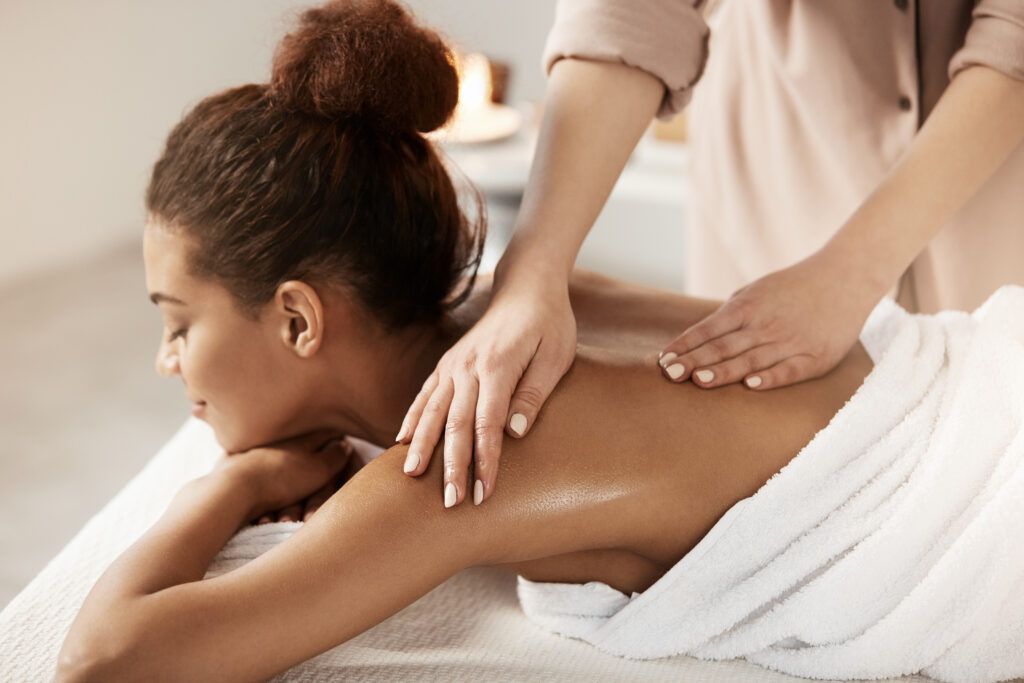
Let’s Break it Down! Osteopathy is all about getting your body back to its best—whether it’s easing pain, improving mobility, or helping you move more freely. But here’s the thing: osteopathy isn’t a one-size-fits-all approach. It’s a mix of different techniques designed to target specific areas of your body and treat you as a whole. […]
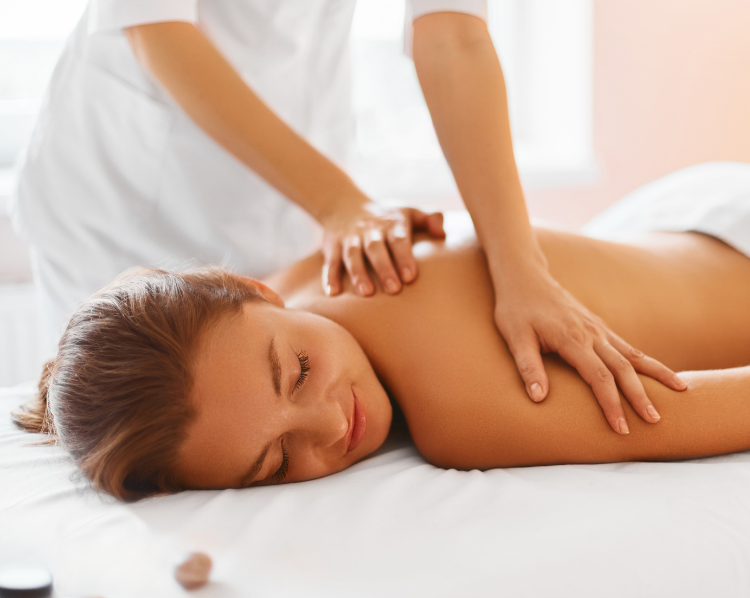
We treat multi-tasking mums Osteopathy is a total lifesaver for multitasking mums- because let’s face it, you’re always on the go, juggling a million things at once! Here’s how osteopathy can seriously make your life easier: Pain Relief: All those late-night feeds, school runs, and endless loads of laundry can leave you feeling pretty sore. […]
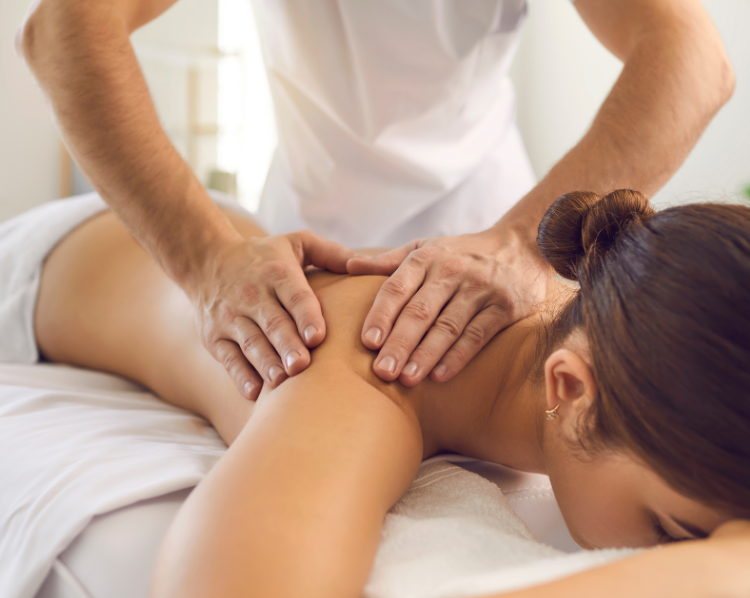
“In this article, I will provide an in-depth look at what deep tissue massage is, how it works, and who can benefit from it. Whether you are dealing with chronic pain, muscle tension, or a sports injury, a deep tissue massage may be just what you need to find relief.” – Tobi Introduction to Deep […]
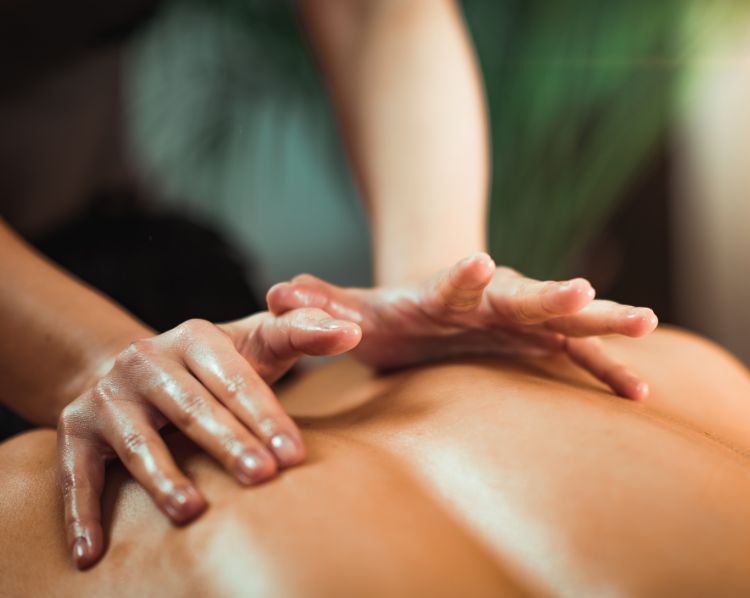
How Relaxation Massage Can Improve Your Physical and Mental Wellbeing “As someone who understands the importance of self-care, I’ve always been interested in the benefits of massage therapy. From deep tissue massages to sports massages, there are a variety of techniques to choose from. However, over the years, I’ve found that relaxation massages have been […]
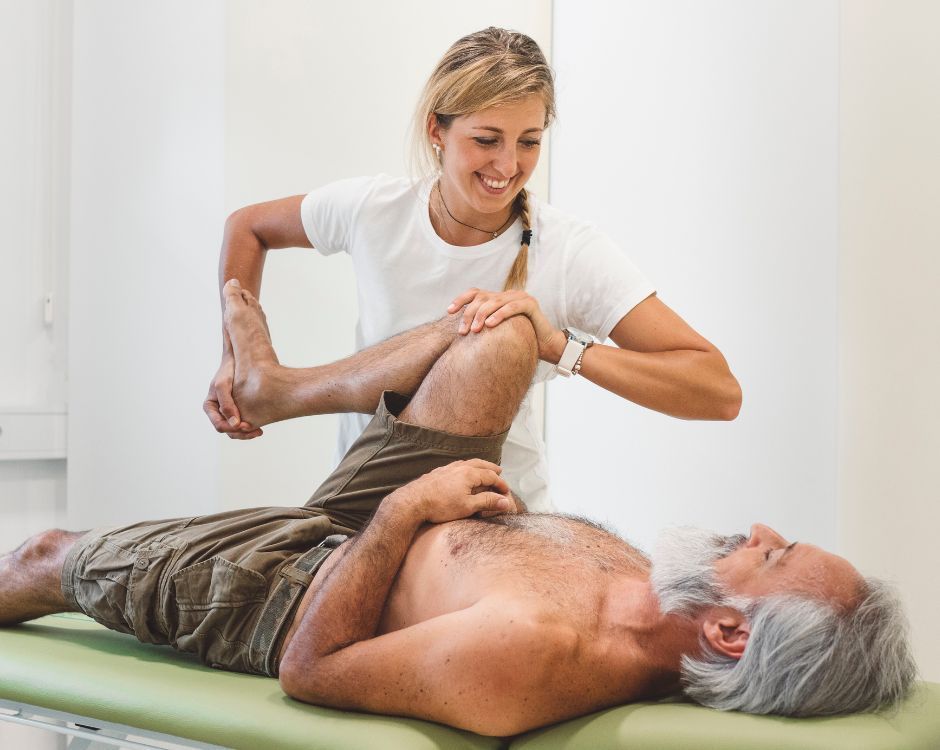
Our Three Top Tips on how to become one of our Favourite Patients So in order to get the most out of your treatment, it’s a great idea to be an excellent patient. And (surprisingly) being one of our favourites actually doesn’t involve turning up with gifts of chocolate or cake. In fact, it’s much […]
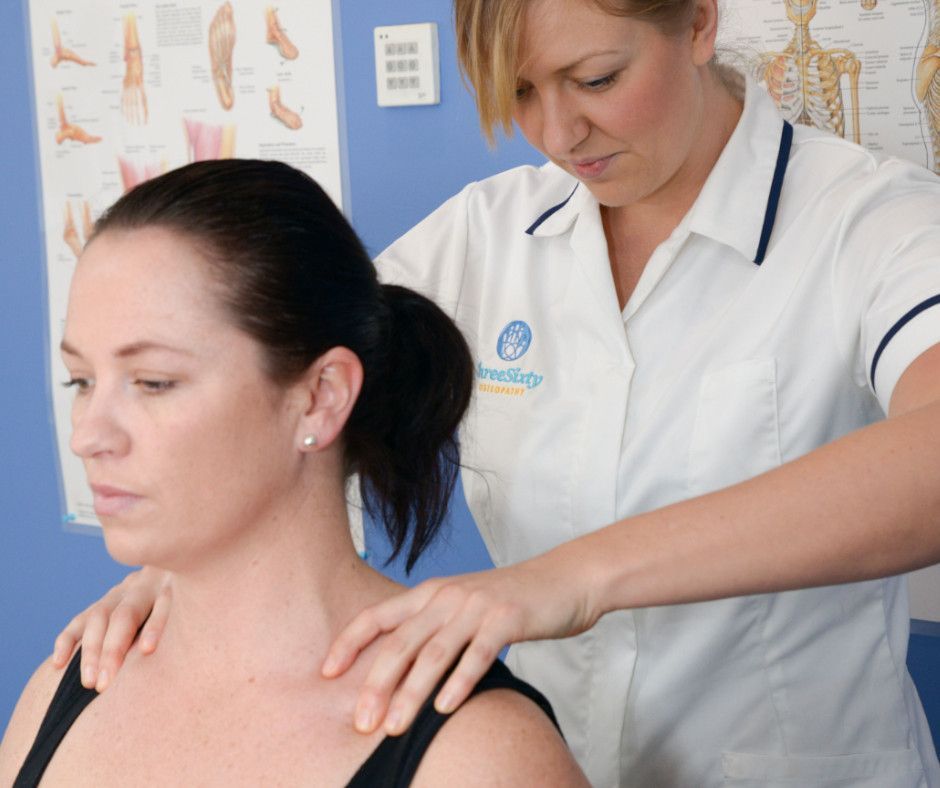
What is Osteopathy? Osteopathy is a type of manual therapy, which focuses on the diagnosis, treatment, prevention and rehabilitation of disorders of the musculoskeletal system. The word ‘musculoskeletal system’ of course refers to the muscles and joints of the body, but osteopaths also address problems coming from tendons, ligaments and nerves. We use many of the same diagnostic procedures and tests as conventional medical professionals, such as doctors and specialists, to determine what we think is causing your body pain or dysfunction. We spend 4-5 years of full-time training to qualify as professionals, with the primary focus on osteopathic theory, skills and technique. All osteopaths are regulated by a governing body – the Osteopathic Council of New Zealand, and we have to complete mandatory professional development training every year to remain competent to treat patients.
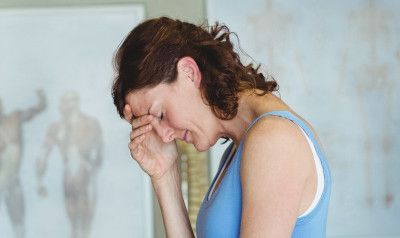
If muscles are continuously over-used, they get tighter and tighter, and can occasionally go into a spasm. Muscle spasms can be very intense, and come on like a wave of pain that your know is coming until it ‘grabs’ you. Some people even see a little quiver in the affected muscle. Osteopaths are used to helping people with muscle spasms – they are your body’s way of warning you to stop and seek help from a qualified professional. We can gently ease out the spasm, and prevent your symptoms from worsening.
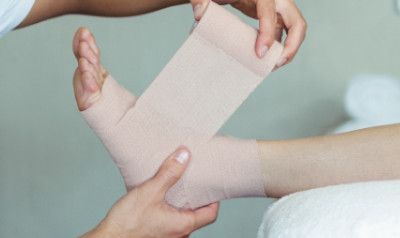
Sprains and strains are very common issues that osteopaths treat. The word ‘sprain’ refers to an injury to the tendons or ligaments, and ‘strain’ is usually used to describe a muscle or joint problem. Ankles and shoulders are the most common joints sprained, and muscle strains usually involve the calf, hamstring or shoulder. To encourage recovery from sprains and strains, we’ll commonly give you self-help advice about stretches and exercises you can do at home.

When we think of elbow pain, the one commonly occurring problem is tennis elbow. (Most people who suffer from this have never even played tennis!) The elbow joint, ligaments and muscles are quite susceptible to injury from repetitive movements. If the muscles have gotten very tight around the elbow, they can become tender, sore and inflamed. There is often a ‘knock-on’ effect to the way your arm moves (or doesn’t move) to perform daily tasks. Prompt treatment for elbow pain is essential.
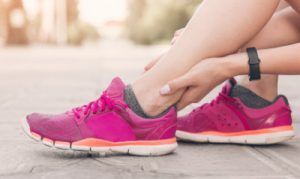
Sports injuries can happen for a number of reasons including direct trauma from a tackle or mid-game collision, failing to warm up properly, going too hard for too long, or using inappropriate equipment (including footwear). Osteopaths treat sports injuries. Some of us also use supportive techniques like strapping, with sports tape, or using kinesiology tape to speed up your recovery.
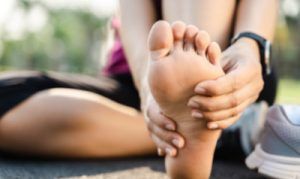
The foot and ankle are made up of many small bones, all connected by a web of ligaments, muscles and tendons. These all need to work properly together to give strength, balance and support for walking, running and standing. The most common problem associated with feet is plantar fasciitis (fash-ee-eye-tus) – a painful condition presenting as sharp pain underneath the foot. Ankle function is also commonly affected by problems with the Achilles tendon. For help with your foot and ankle, get in touch.
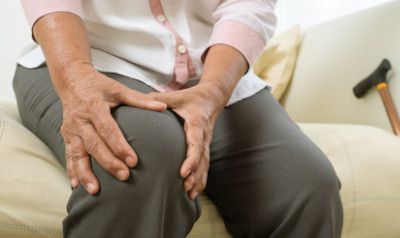
Hip and knee pains are quite common, and there are a number of causes that can be helped with osteopathy. Pain can come from tight, strained or over-used muscles, or from the joints themselves. Sometimes hip pain can also be referred from the lower back, and knee pain can be referred from the hip! Your osteopath will perform a number of examinations, including orthopaedic tests, to determine where your pain is coming from.

The ‘Rotator cuff’ muscles are the most common part of the shoulder to be injured, but there are other causes of shoulder pain too. These include: the Acromioclavicular joint – pain on the tip of the shoulder; Frozen shoulder or adhesive capsulitis – painful and gradual stiffening of the shoulder joint capsule; Referred shoulder pain (which actually comes from problems elsewhere, like the neck); and shoulder instability due to trauma.
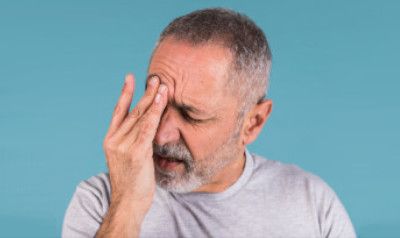
There are many causes of headaches, but most of them are not serious. One very common cause of headaches is the neck. Tension or stress on the muscles and joints of the neck can lead to pain radiating up across the back of the head, across the forehead or behind one or both of your eyes. Osteopaths are highly competent practitioners, and can tell you what can be done to ease your pain.

Daily aches and pains in your neck, shoulders and lower back can be caused by poor posture. It can affect you in your workplace and beyond. Perhaps your body is just too tired to hold itself in the correct position any more. Or perhaps it has been repeating the same movement patterns for too long to be able to move properly. Most problems associated with bad posture can be treated, and your body can learn to move properly again.
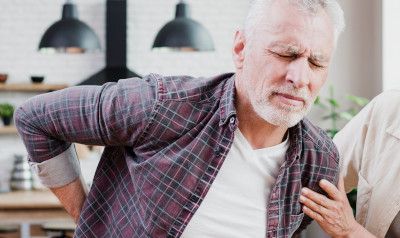
‘Sciatica’ means pain coming from irritation of the Sciatic nerve – the thickest nerve in your body. It radiates into the buttock, outer hip, thigh, or further down the leg. It can be a very nasty issue to have to deal with. And very painful. The joints in your back can also cause similar type of leg pain. It is important to identify which body parts are involved in order to formulate an effective treatment plan. Your osteopath can do this for you.

Neck pain is very common, and not very nice to experience. It affects people of all ages, and is often caused by the way we use our necks. Tight muscles and stiff joints in the upper back can also contribute to ongoing neck pain. Sometimes nerves in your neck can become ‘trapped’, and cause pain to radiate down into your arm. This can also cause pins and needles to be felt in your arm or hand.
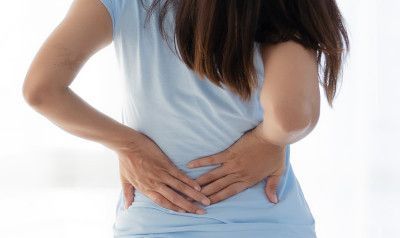
The spine itself is very strong, supported by solid ligaments and muscles, and surprisingly difficult to damage. However, it is much easier to strain the surrounding muscles, ligaments and joints, or damage one of the discs in your back. Research shows that osteopathic treatment can have very beneficial effects for back pain. We are highly trained, and qualified to diagnose and treat the cause of the problem.
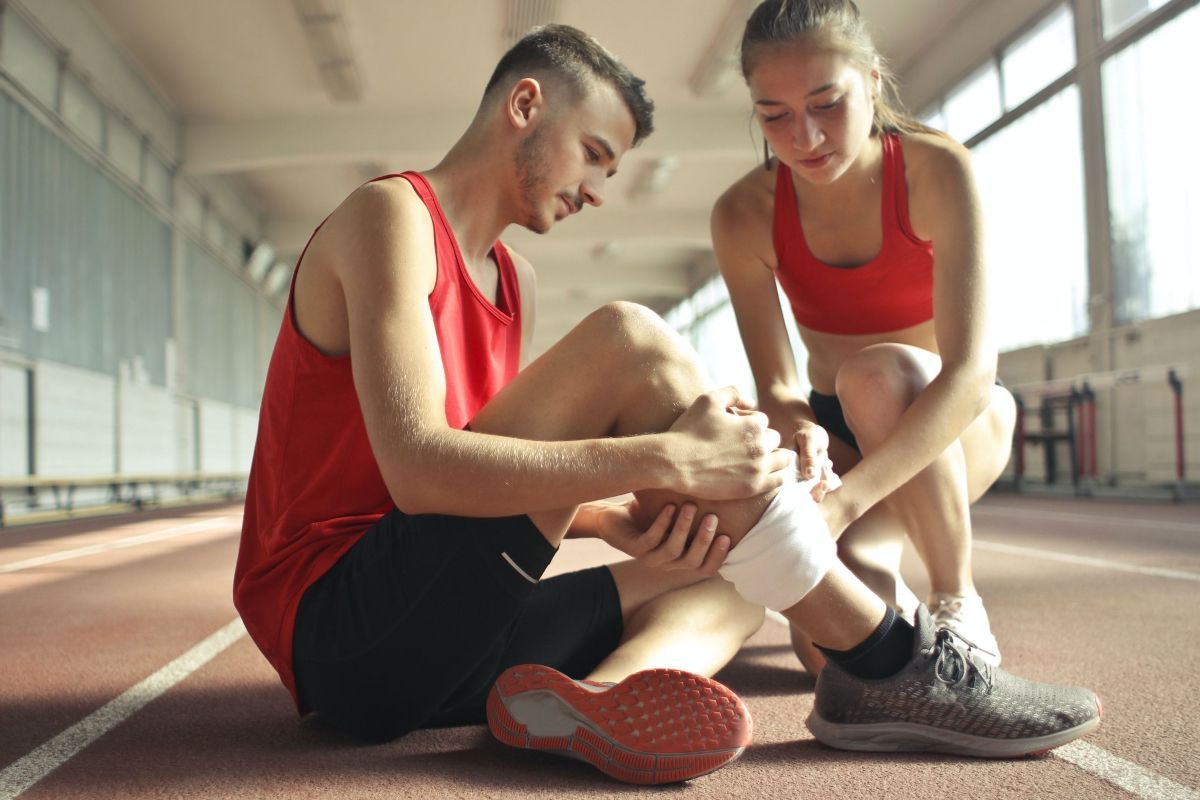
Inflammation Is Very Common In The Musculoskeletal System It is one of the ways your body regulates and restores the normal functioning of an area. If you’ve ever had a nasty whack, you’ll be familiar with the misery of the body’s inflammatory response – redness, heat, swelling and pain. Although annoying, and painful, this type of acute inflammatory response (the result of an injury) is natural and an essential part of your healing process.
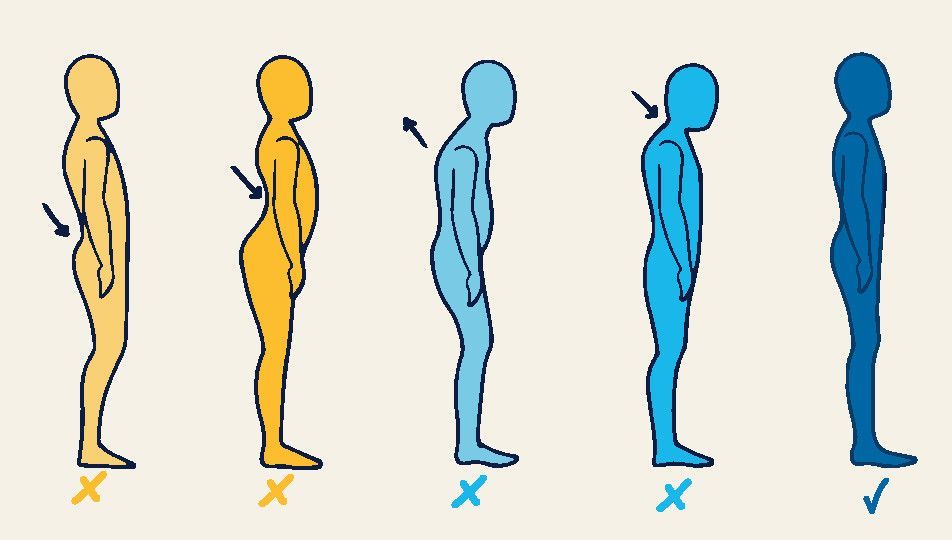
What is "Bad Posture"? Firstly, let’s think about this – what does it mean to have “good posture”? In order to have “good posture” your body must comfortably be able to hold itself in a position whereby all of your bones and joints are aligned properly. It prevents excessive strain on the musculoskeletal system (ligaments, tendons, muscles, joints and discs of the spine), and avoids an imbalance of ligaments and muscles whereby some become tighter and shorter, and others become weakened and longer. Bad posture is the opposite of this, and can affect your health in many ways. It is commonly associated with symptoms of back pain, pain in the neck, shoulders and hips, headaches, and general fatigue or tiredness. It can also make you look shorter than you are, fatter than you are, (yes, really), and make other existing issues you might have worse – like heartburn!

Is Your Reservoir Running A Little Low? We hear our patients saying this all the time – “Why me?” “Why now?” “I have done this [..insert common activity here..] loads of times before and I’ve never had an issue…” And really it is an intriguing question. Why should the body be able to cope with doing a certain task hundreds of times before, and then suddenly it becomes a problem? As osteopaths, we believe this is to do with your body’s ability (or inability) to adapt to change, or to the “insults” we all subject our bodies to. Theses insults don’t just get absorbed by the body without requiring some kind of adaptive response. The adaptive response might be small, or it might be large. Either way, dealing with these little individual problems has an accumulative effect on the whole.
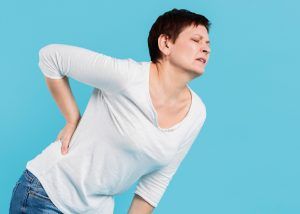
Which One Is Right For You? At ThreeSixty we commonly meet people who need an osteopathic intervention, that is, they’ve already injured themselves, and need some help – ASAP. An intervention is re-active, a reaction to the problem. As Osteopaths, we think of intervention as being the “first aid” – the immediate solution to the problem at hand. How do we get this person to feel better, right now? But, have you ever thought about a prevention plan to stop those ailments coming back? Any why did you suddenly start to get these aches and pains anyway? You were fine yesterday…. Prevention is pro-active – stopping something before it starts. Having a prevention plan is something easy you can do to make sure your body doesn’t start to feel uncomfortable due to the stressors of your life.
So,Helping You To Get Movile
It Starts With A Conversation

